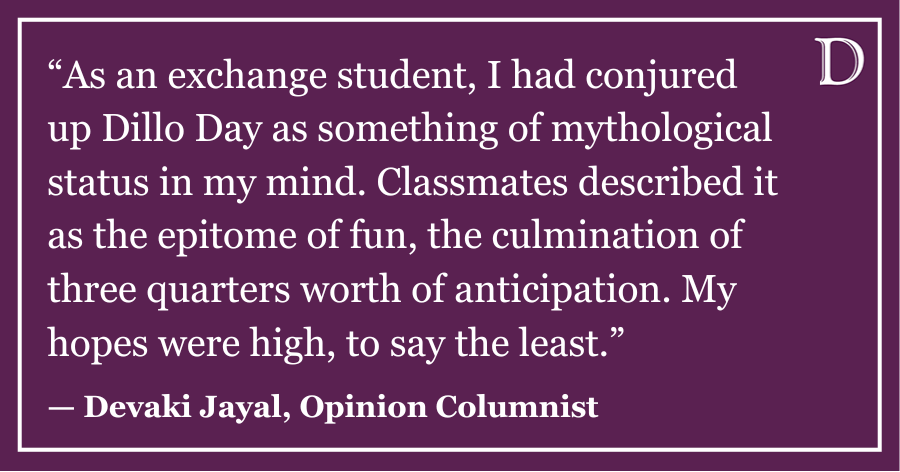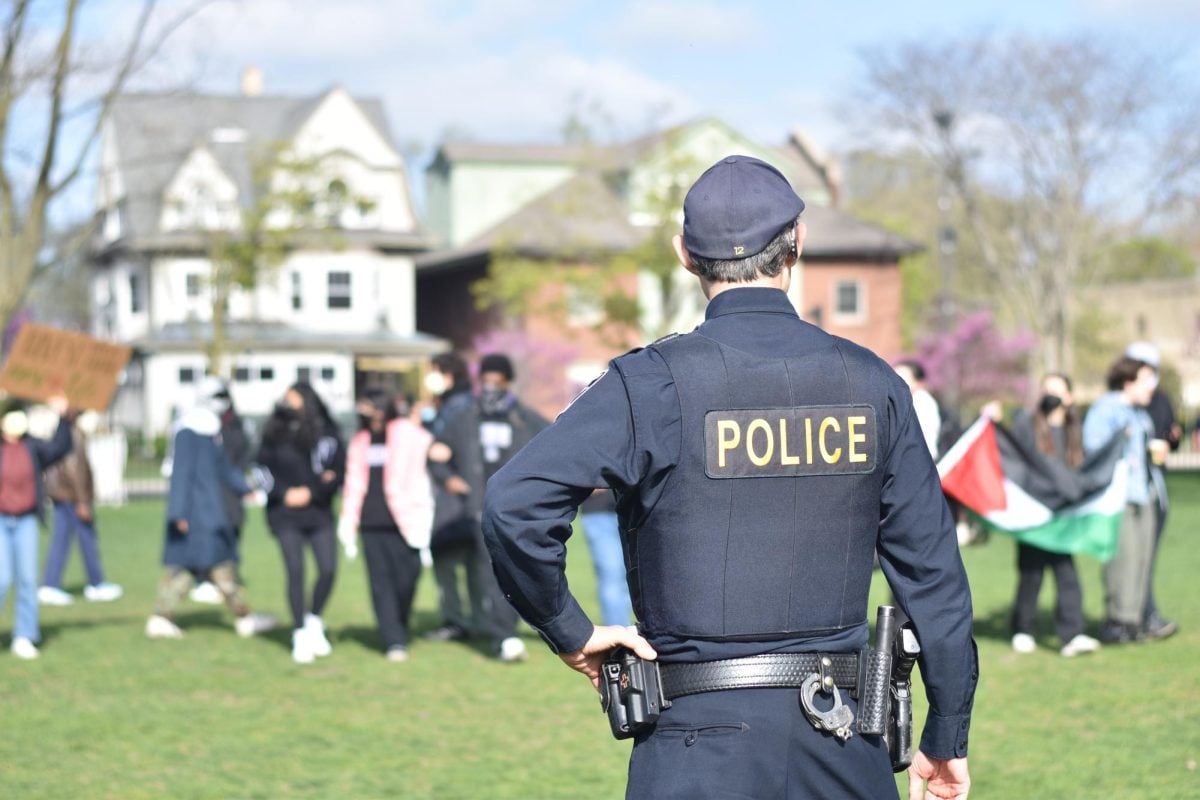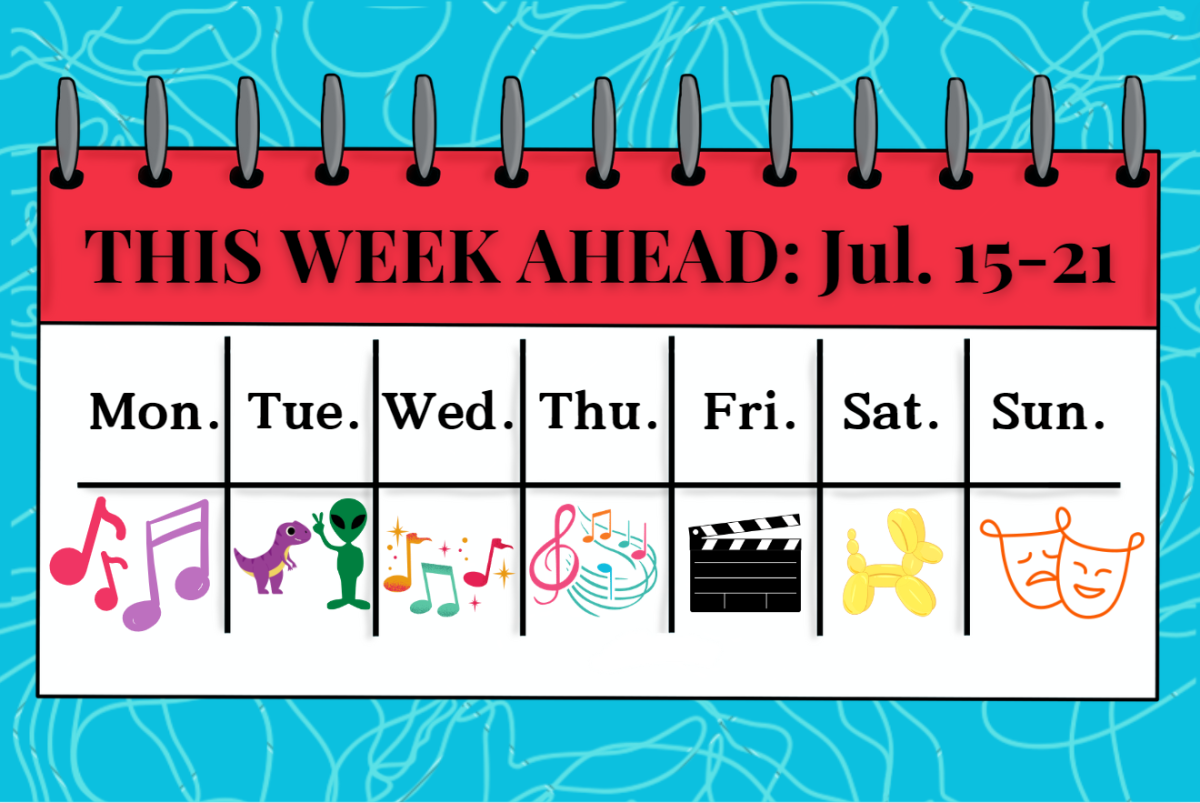In a time with a million ways to stay in touch, staying connected in a way that doesn’t slowly degrade into faceless pictures over Snapchat or an occasional text can be hard. Losing connections with the people you care about can be scary and disheartening. Through young adulthood — a moment when your physical location, time zone and amount of spare time is often changing — it seems you are always trying to build friendships somewhere new, spending lots of time on your phone trying to maintain connections with those you are not geographically close to.
I felt this way coming into my freshman year of college. I had met some of the best people in my life at a summer job, and in two months we had become unreasonably close. But none of us were great at or enjoyed staying in touch through texting, and we were all off doing our own new things when fall rolled around.
It crossed my mind that letters could be a fun way to stay in touch. Everyone likes getting mail, and a letter is a great way to let friends who you don’t see often know you are thinking of them, that you want to tell them about your life and hear about theirs. Bringing it back to the classic days of pen-pals. The idea was there, putting it into action was not.
Somehow, it turned into a daunting task: finding how to put things into enough words to justify a letter. I felt I had to say something important, and so it would often sit unfinished. I stayed in touch with these friends, getting together for New Year’s every year since that summer, but it was not until over a year later, after our second New Year’s, that I would be able to crack the code of the letter.
What is so great about texting is the immediacy — when something happens that makes you think of a specific person, you can tell them. We do it with our friends who we see every day, letting them know about something ridiculous that happened in a class they took last year, significant sightings of a campus celebrity, a cute dog you saw. It’s fun! When combined with the ability to talk to these friends and really tell them about what happened during your day or week, these texts provide entertainment and reminders about the connections that you share.
Upon returning to campus for Winter Quarter in 2022, I sat down to write a letter to my friend I had just seen for the New Year. I wanted to let her know how grateful I was for the time we had spent together, and how excited and prepared it had made me feel in coming back to school after a hard Fall Quarter. The sort of thing you write in a letter.
After some time, I was able to get most of this down on a piece of paper. It was dense, but took up only half the page that I had chosen to write on. For that and many other reasons, it felt unfinished, and so it sat for weeks until I talked with her on the phone. The letter had been haunting me; it contained something I wanted to make sure she knew, so I told her of its existence. In the same conversation, we both worked to recall the things we had wanted to tell each other in the past few weeks, and I got an idea of how to move past the block that a formal letter presented to me.
For the next week, I carried around the paper with the partially written letter throughout my day, just tucked in a notebook or my computer. When something happened that I wanted to tell her about, I would make note of it on the paper. Some were silly, about solving the low-level mystery of who was tapping trees on campus or an awesome shirt my professor wore. Others were more in-depth thoughts and updates. There were a few questions and ponderings in it as well. They didn’t have to connect to each other or flow perfectly. It was a conglomeration of light and meaningful sentiments in no particular order. They were just things I wanted her to know or thought she might enjoy. Suddenly, the letter was done.
The paper was full of words I couldn’t wait for her to read. If it wasn’t already clear, I am a serial procrastinator, but I have never sent a letter more promptly. It was no longer an item on my never-completed to-do list, but a pleasure and a way to think of my friend.
Splitting the difference between a brief text message and a verbose and elegant letter took away some of the stress that had previously prevented me from doing one or the other of those things. I didn’t have to worry that the texts would become more brief and less frequent, or that the only things worth putting in a letter were heavy and important. And yet, I was doing both. I mean, I had to send a text asking for her address, and my letter contained its wordy pieces.
There are love letters, thank you letters and birthday letters, but you don’t have to have a reason or even anything to say in a letter. Just thinking of a friend or family member is enough to write it down and put it in the mail.
Katherine Ergil is a Medill junior. She can be contacted at [email protected]. If you would like to respond publicly to this op-ed, send a Letter to the Editor to [email protected]. The views expressed in this piece do not necessarily reflect the views of all staff members of The Daily Northwestern.

























